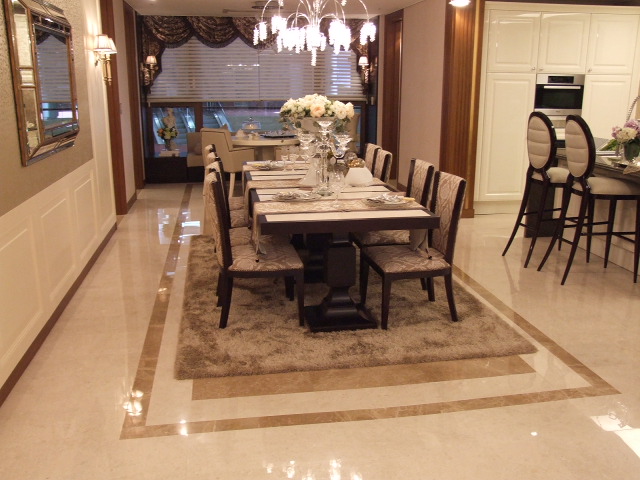The Bauhaus movement, founded in Germany in the early 20th century, revolutionized the world of design by embracing simplicity and functionality. This influential style has stood the test of time and continues to inspire modern living spaces, particularly in the form of the Bauhaus living room. Let's explore how you can incorporate this iconic style into your own home. Bauhaus Style Living Room: Embracing Simplicity and Functionality
Bauhaus design principles are centered around the idea of form following function, meaning that every element of a space should have a practical purpose. This is evident in the Bauhaus living room, where clean lines, geometric shapes, and minimalistic furniture create a functional and visually appealing space. Bauhaus Living Room Design: Form Meets Function
When it comes to Bauhaus furniture, less is definitely more. In a Bauhaus living room, you'll find pieces that are simple, sleek, and sophisticated. Think clean-lined sofas, geometric chairs, and minimalistic coffee tables. These pieces not only add to the overall aesthetic of the space but also serve a practical purpose. Bauhaus Furniture: Simple, Sleek, and Sophisticated
While the Bauhaus movement may have originated in the early 1900s, its principles are still very much relevant in modern interior design. In fact, many modern living rooms incorporate elements of the Bauhaus style, creating a perfect blend of old and new. This can be seen in the use of modern materials, such as glass and steel, alongside classic Bauhaus pieces. Modern Bauhaus Living Room: Blending Old and New
Bauhaus interior design is all about creating a harmonious balance between shapes and colors. In a Bauhaus living room, you'll find a mix of geometric shapes, from rectangular sofas to circular lighting fixtures, all tied together by a cohesive color palette. Bold primary colors, such as red, blue, and yellow, are often used to add a playful touch to the space. Bauhaus Interior Design: A Play on Shapes and Colors
In a Bauhaus living room, even the decor serves a purpose. This can be seen in the use of simple yet striking art pieces, such as abstract paintings or sculptures. These pieces not only add to the overall aesthetic of the space but also tie in with the functional aspect of Bauhaus design. Bauhaus Decor: Functionality with a Touch of Art
As mentioned earlier, bold primary colors are a key element in Bauhaus design. These colors, along with black and white, create a striking contrast and add a touch of vibrancy to the living room. When incorporating a Bauhaus color palette into your living room, remember to keep it simple and avoid too many busy patterns. Bauhaus Color Palette: Bold and Primary
The Bauhaus movement was a response to the elaborate and ornate styles of the past. As such, Bauhaus living rooms are all about minimalism. This means keeping the space clutter-free and only including essential pieces. The result is a clean and uncluttered living room that exudes a sense of calm and simplicity. Bauhaus Minimalism: Less is More
The Bauhaus movement not only had a significant impact on interior design but also on architecture and art. Many Bauhaus architects believed that art should be an integral part of everyday life, and this can be seen in the use of art in Bauhaus living rooms. From paintings and sculptures to furniture and lighting, art is an essential element in creating a true Bauhaus living space. Bauhaus Art: Influencing Architecture and Design
Finally, it's important to mention the influence of Bauhaus architecture on the design of living spaces. Many modern homes incorporate elements of Bauhaus architecture, such as flat roofs, large windows, and open floor plans. This allows for a seamless flow between indoor and outdoor spaces, creating a sense of harmony and connection with nature. In conclusion, the Bauhaus living room style embraces simplicity, functionality, and art. By incorporating clean lines, geometric shapes, a bold color palette, and essential pieces of furniture and decor, you can create a timeless and visually stunning living space that embodies the spirit of the Bauhaus movement. Bauhaus Architecture: A Timeless Influence
The Bauhaus Living Room Style: A Perfect Blend of Form and Functionality

The Bauhaus Movement: A Brief History
 The Bauhaus movement, which emerged in Germany in the early 20th century, revolutionized the world of design with its emphasis on functionality and minimalism. The Bauhaus style, characterized by clean lines, geometric shapes, and the use of modern materials, quickly spread across Europe and the United States, becoming a major influence in architecture, art, and interior design.
The Bauhaus movement, which emerged in Germany in the early 20th century, revolutionized the world of design with its emphasis on functionality and minimalism. The Bauhaus style, characterized by clean lines, geometric shapes, and the use of modern materials, quickly spread across Europe and the United States, becoming a major influence in architecture, art, and interior design.
Bringing Bauhaus into Your Living Room
 One of the key principles of the Bauhaus style is the idea of "form follows function." This means that every element of a design should serve a purpose and that aesthetics should not be prioritized over practicality. When it comes to your living room, this translates into creating a space that is both visually appealing and highly functional.
The first step in achieving the Bauhaus living room style is to declutter and simplify.
Get rid of unnecessary furniture and decorative items, and focus on clean, uncluttered lines. Choose furniture with simple and sleek designs, preferably in neutral colors such as black, white, and gray.
Opt for materials such as steel, glass, and leather, which were popular in the Bauhaus movement.
One of the key principles of the Bauhaus style is the idea of "form follows function." This means that every element of a design should serve a purpose and that aesthetics should not be prioritized over practicality. When it comes to your living room, this translates into creating a space that is both visually appealing and highly functional.
The first step in achieving the Bauhaus living room style is to declutter and simplify.
Get rid of unnecessary furniture and decorative items, and focus on clean, uncluttered lines. Choose furniture with simple and sleek designs, preferably in neutral colors such as black, white, and gray.
Opt for materials such as steel, glass, and leather, which were popular in the Bauhaus movement.
Playing with Color and Texture
 While the Bauhaus style is known for its minimalistic approach,
bold use of color and texture also play a significant role.
In the living room,
you can incorporate pops of bright colors through pillows, rugs, or artwork.
These accents not only add visual interest but also bring warmth and personality to the space.
For texture, consider using materials such as wool, velvet, and wood to add depth and contrast.
While the Bauhaus style is known for its minimalistic approach,
bold use of color and texture also play a significant role.
In the living room,
you can incorporate pops of bright colors through pillows, rugs, or artwork.
These accents not only add visual interest but also bring warmth and personality to the space.
For texture, consider using materials such as wool, velvet, and wood to add depth and contrast.
Functionality is Key
 In the Bauhaus style, functionality is always a top priority. Therefore,
it's important to choose furniture and decor that serve a purpose while still maintaining the sleek and minimalistic aesthetic.
For example, a coffee table with hidden storage, a sofa with built-in shelves, or a bookshelf that doubles as a room divider.
Remember, every piece should have a clear function and contribute to the overall design of the room.
In the Bauhaus style, functionality is always a top priority. Therefore,
it's important to choose furniture and decor that serve a purpose while still maintaining the sleek and minimalistic aesthetic.
For example, a coffee table with hidden storage, a sofa with built-in shelves, or a bookshelf that doubles as a room divider.
Remember, every piece should have a clear function and contribute to the overall design of the room.
Lighting and Accessories
 Lighting is a crucial element in any design, and in the Bauhaus style, it's no different.
Choose lighting fixtures with clean and simple designs, such as pendant lights or floor lamps with metal frames.
For accessories, stick to a few statement pieces that add to the overall aesthetic and avoid cluttering the space.
Consider incorporating geometric shapes, such as vases or sculptures, to add interest and tie in with the Bauhaus style.
In conclusion, the Bauhaus living room style is all about finding the perfect balance between form and functionality. By decluttering, incorporating bold colors and textures, and prioritizing functionality, you can create a space that is not only visually appealing but also highly practical. So why not give the Bauhaus style a try and bring a touch of modernist design into your living room?
Lighting is a crucial element in any design, and in the Bauhaus style, it's no different.
Choose lighting fixtures with clean and simple designs, such as pendant lights or floor lamps with metal frames.
For accessories, stick to a few statement pieces that add to the overall aesthetic and avoid cluttering the space.
Consider incorporating geometric shapes, such as vases or sculptures, to add interest and tie in with the Bauhaus style.
In conclusion, the Bauhaus living room style is all about finding the perfect balance between form and functionality. By decluttering, incorporating bold colors and textures, and prioritizing functionality, you can create a space that is not only visually appealing but also highly practical. So why not give the Bauhaus style a try and bring a touch of modernist design into your living room?



/cdn.vox-cdn.com/uploads/chorus_image/image/52360283/bauhaus_apartment_maayan_zusman_amir_navon_interiors_residential_dezeen_hero.0.jpeg)

:max_bytes(150000):strip_icc()/GettyImages-1321311451-332e33be45aa4ac890d5b8666158405e.jpg)















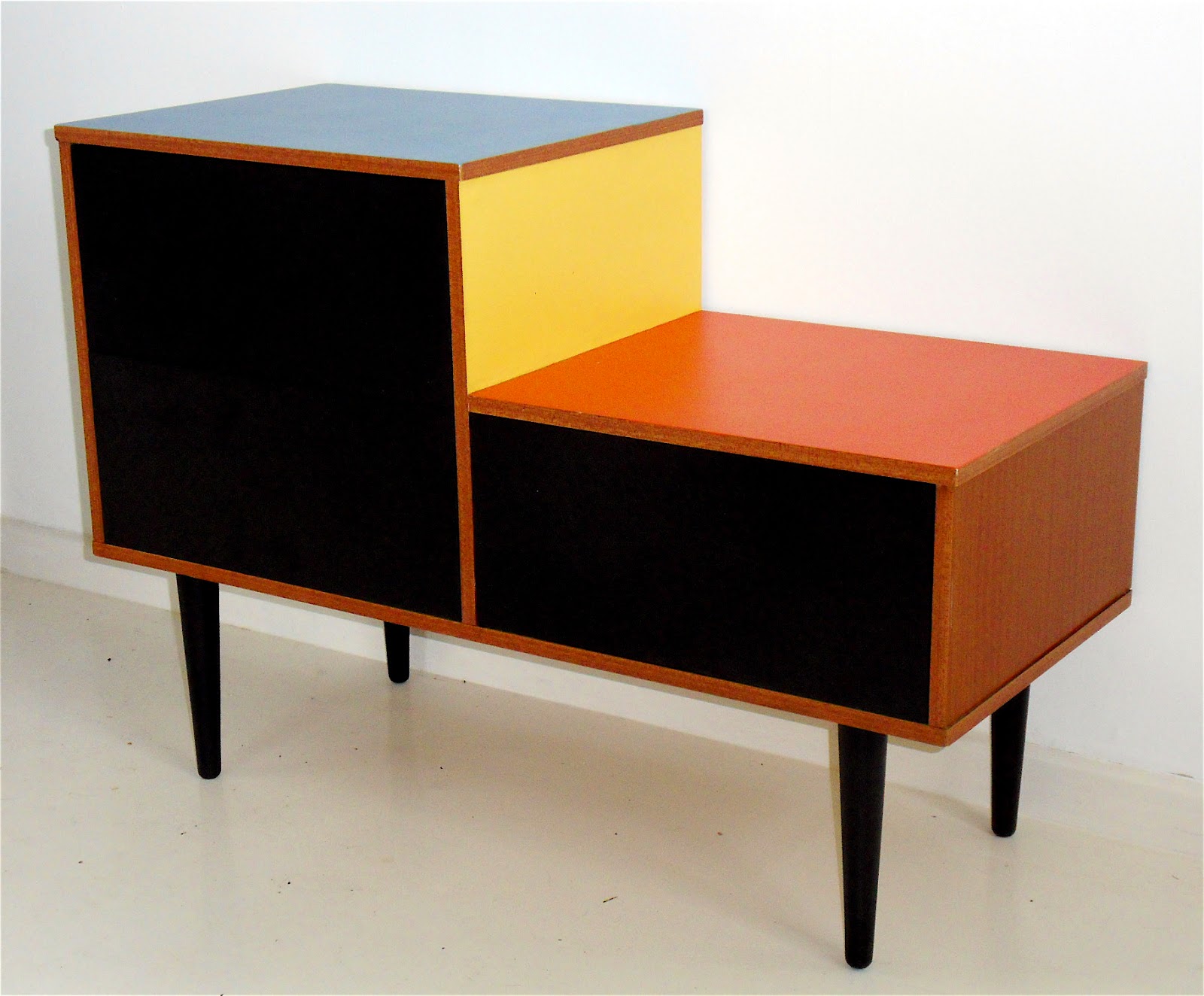










:max_bytes(150000):strip_icc()/GettyImages-1321311451-332e33be45aa4ac890d5b8666158405e.jpg)







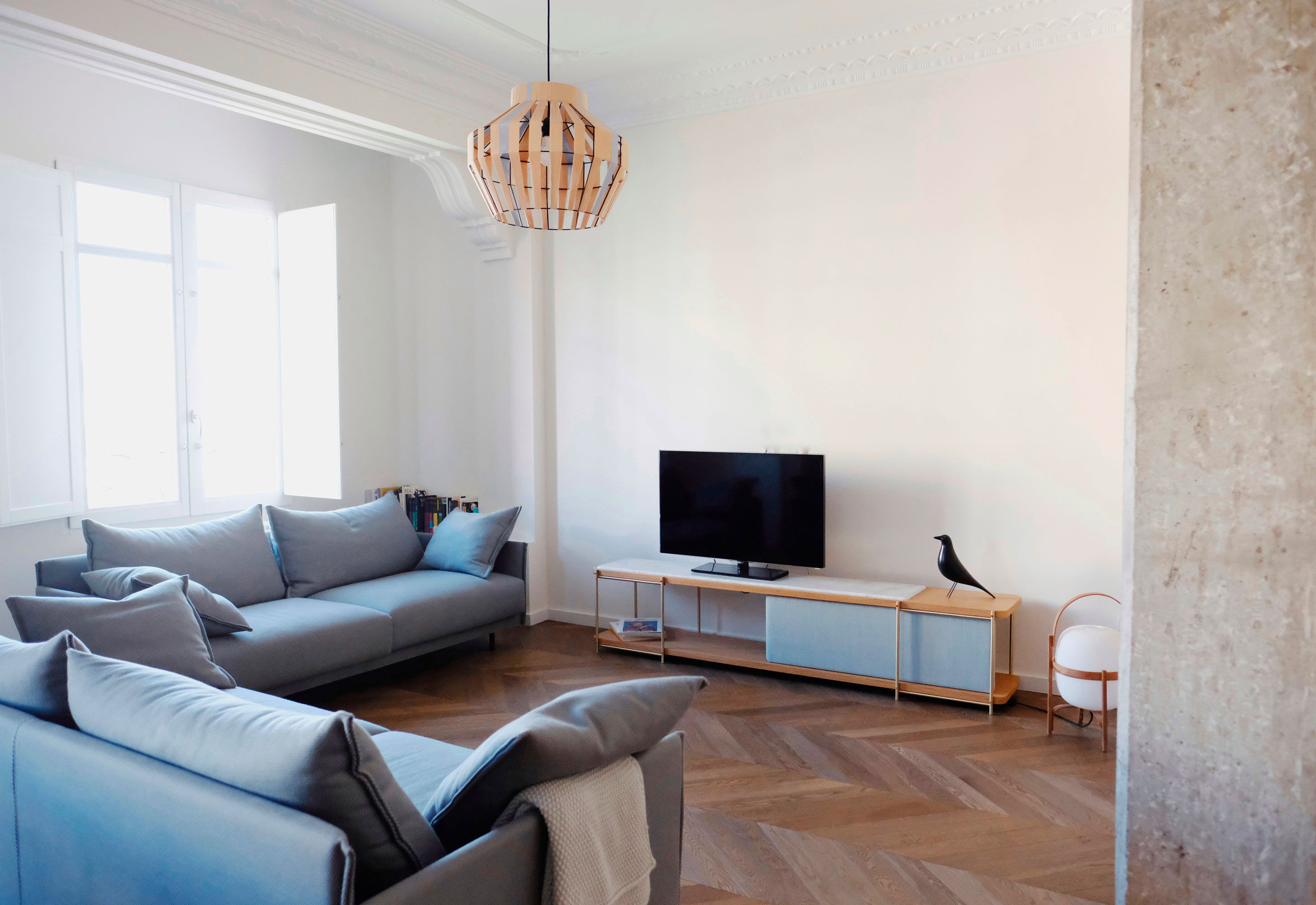






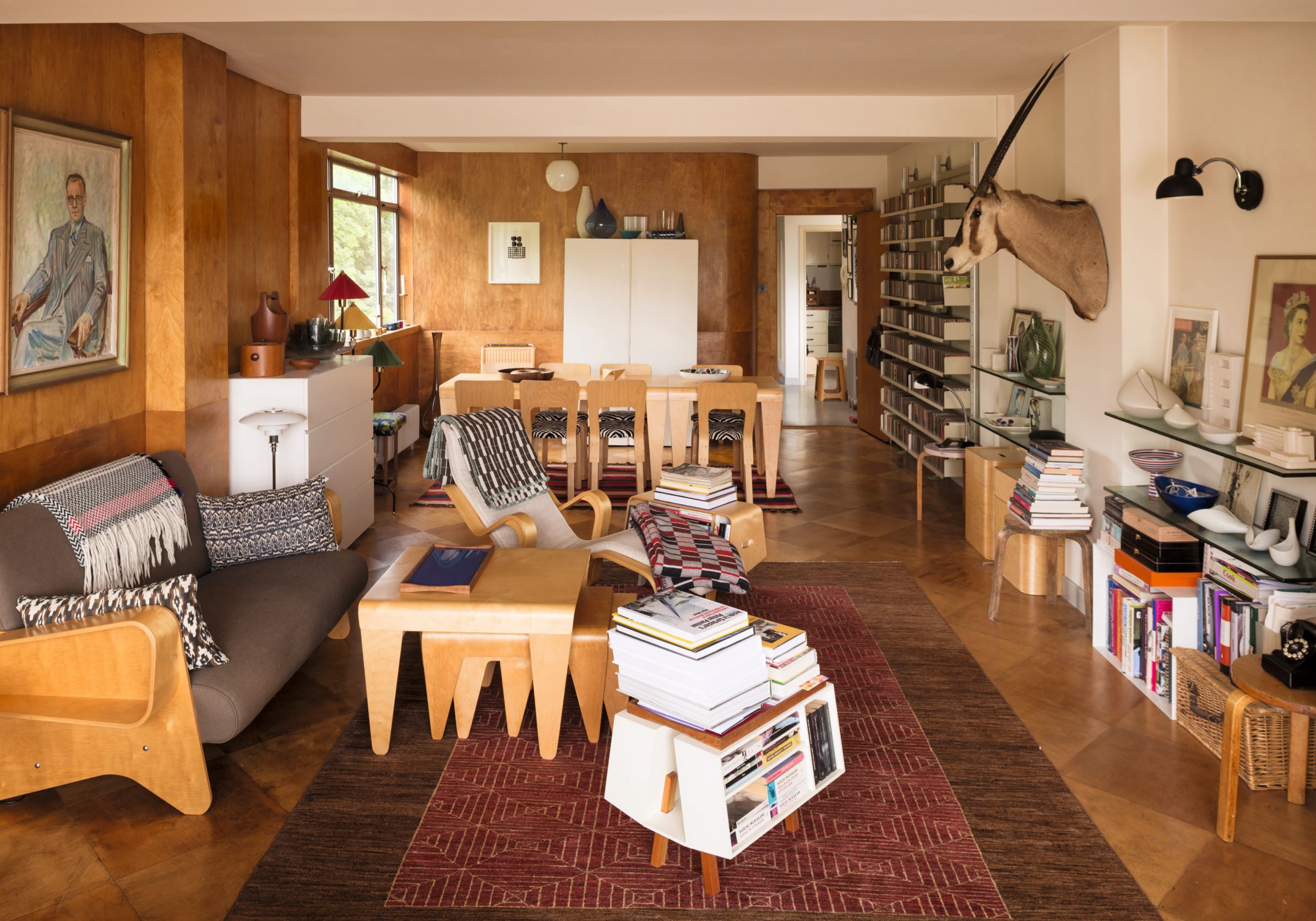































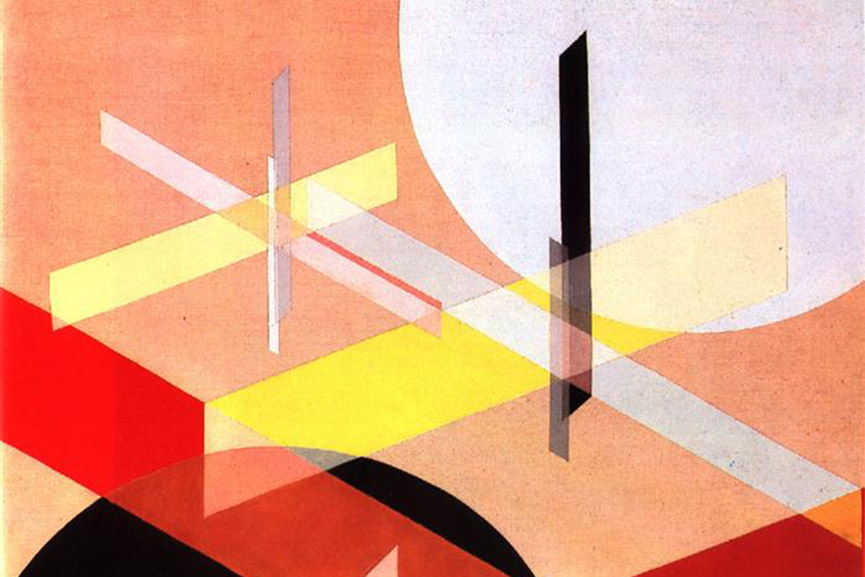


/cdn.vox-cdn.com/uploads/chorus_image/image/63379920/100YearsBauhausLead.0.jpg)


















